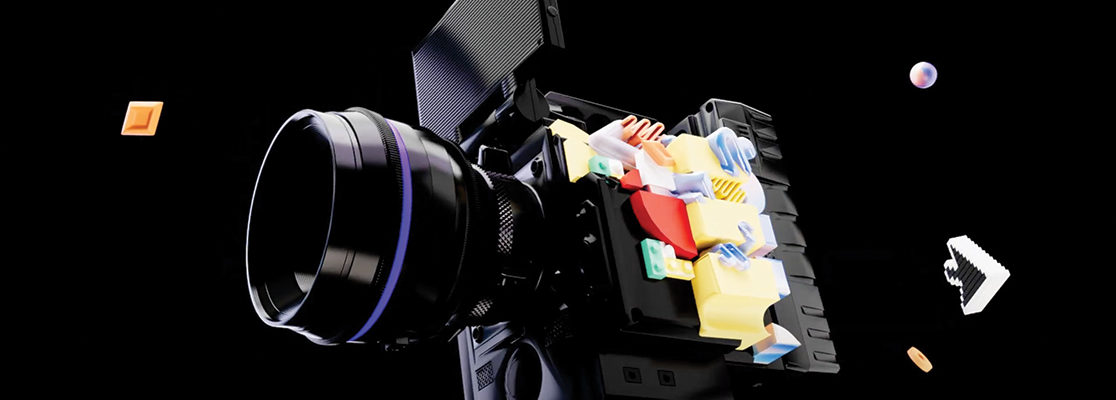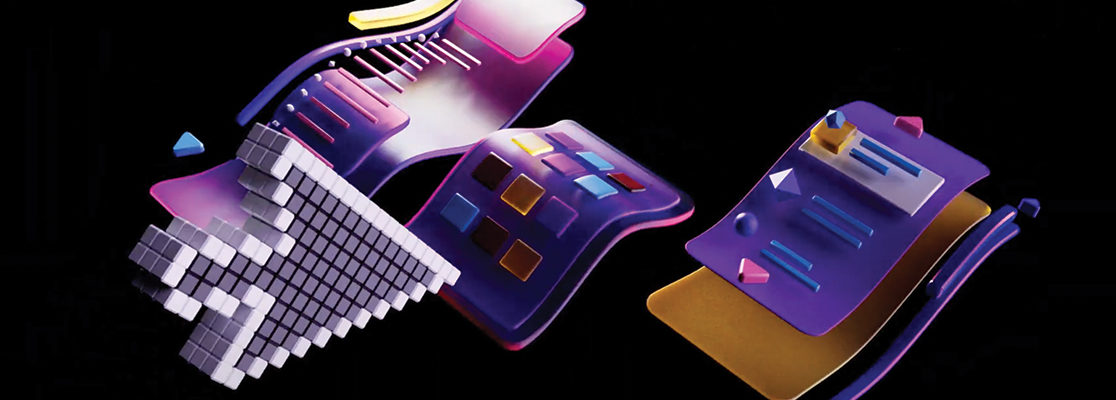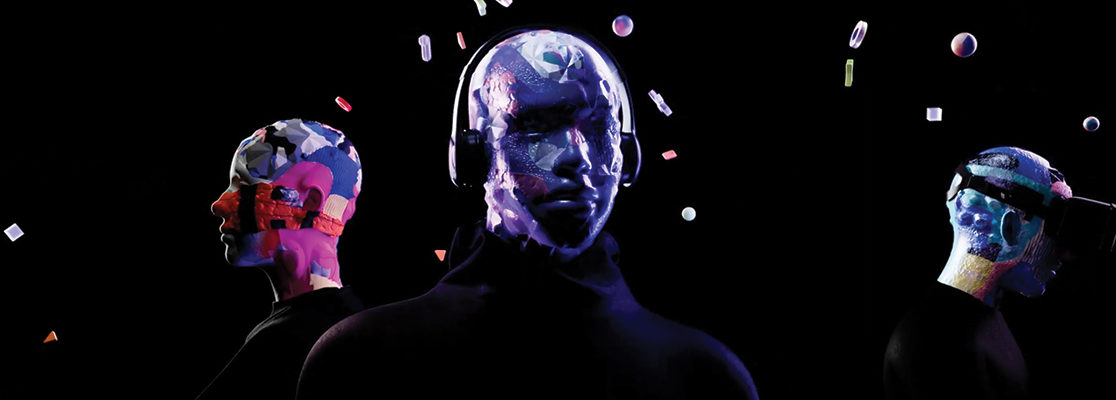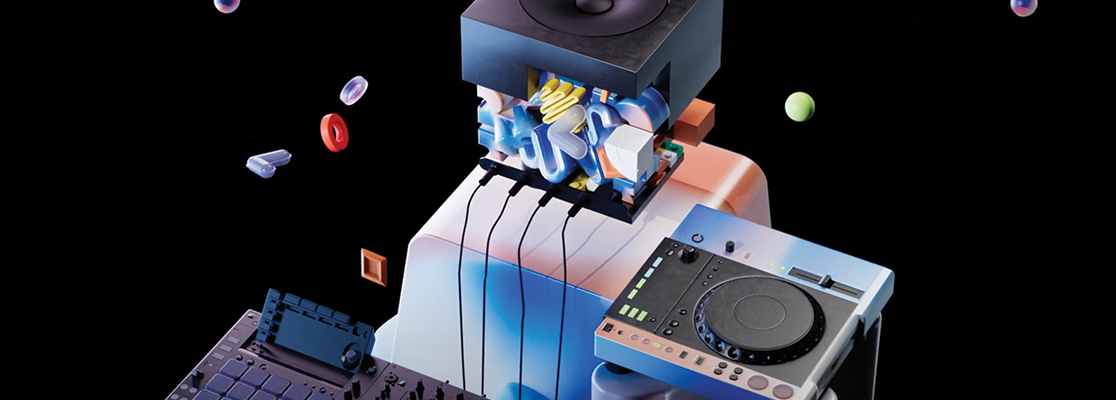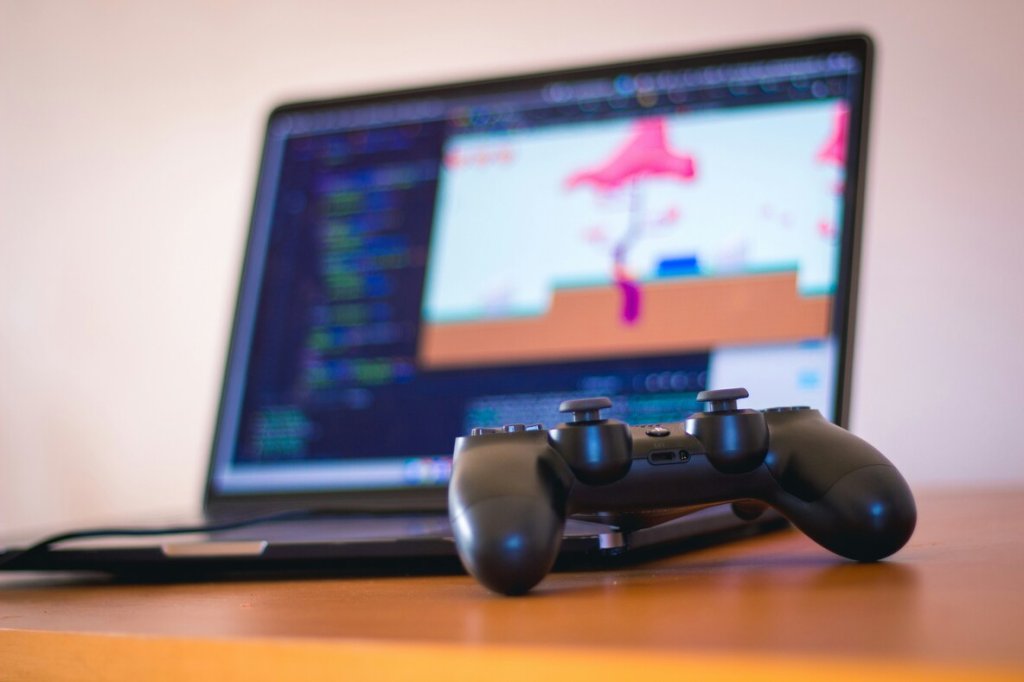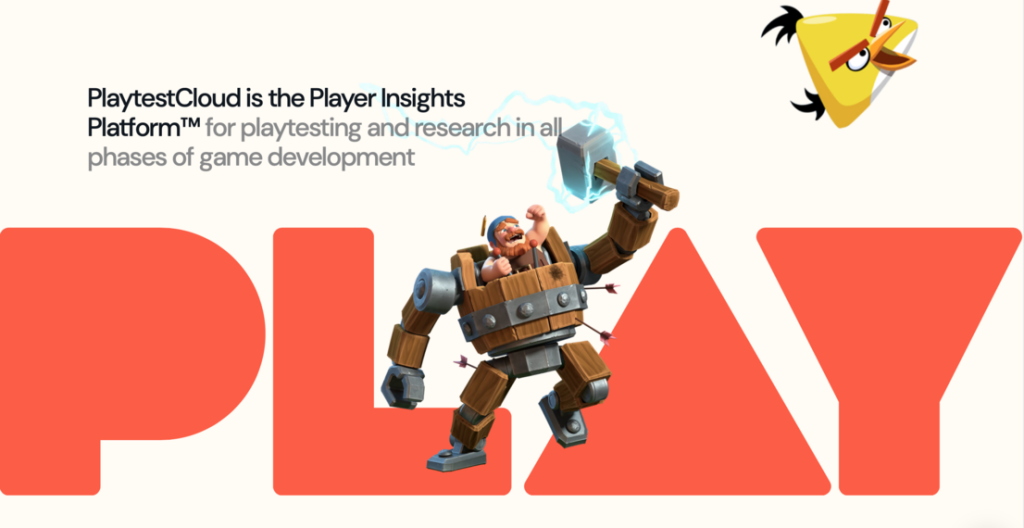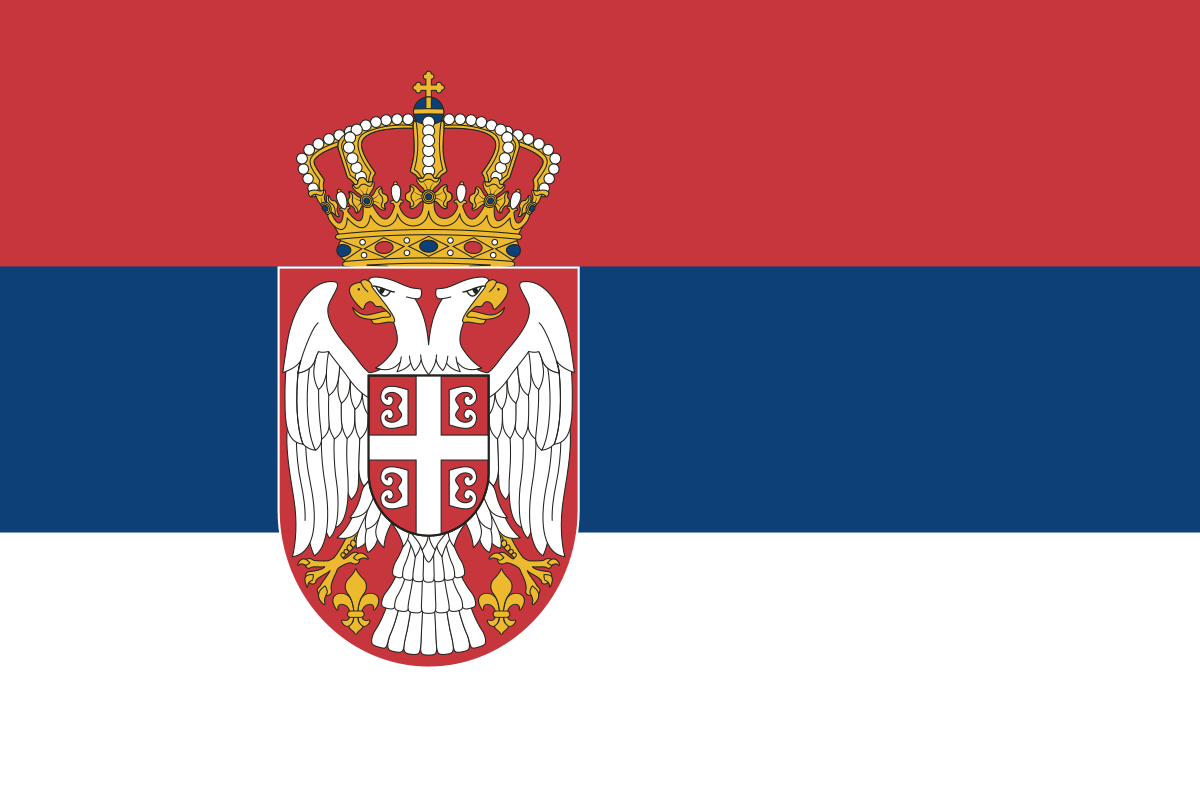Game developers will want their games to be enjoyed by as many players as possible.
To make this a reality, many of those studying video game design courses will need to understand the importance of utilising player feedback to inform their creations.
Doing this effectively can ensure your game not only has an audience but can sustain, and even grow a bigger fan base over a longer period of time.
In our blog, we’ll explore the different stages of sourcing player feedback and some of the key processes to manage this effectively.
If you want to join one of our video game design courses, then contact our team now.
When should game developers access player feedback?
As a student on a video game design course, it’s never too early to get player feedback – even if the idea is in your head and it simply needs to be verbalised to someone.
As a game designer, this should be done long before you start building the game as it’s essential to validate with your audience whether or not an idea is good enough.
At this early stage, game designers should be extremely malleable about the concept. It can be tough if what you consider to be a brilliant, beautiful idea gets plenty of negative feedback. However, it’s better to do it at this embryonic stage rather than wait until the development process is underway.
Benefits
Whether you are an established game designer or studying a video game design course, seeking feedback is an integral part of the game-making process.
It can help game designers focus on the kinds of features that gamers enjoy and should go hand in hand with crafting an engaging game experience through understanding genre and what players want.
From story to characters, features and incentives, every element can be shared for feedback.
Many developers often feel that their project is never quite ready to put in front of game players. However, this discomfort is part of the process and seeing feedback from anonymous users will help designers work out what is working and what does not.
How to source feedback
Those studying a video game design course will explore every stage in the process surrounding sourcing feedback.
Here, we’ll delve into the different parts of the process.
Mock up
From a commercial angle, a great way to test the market and get a sense of your idea is to mock up what a game might look like and its core features.
You can put a small amount of money behind this to market it on Facebook and Instagram to show to players as if it was a real game. These platforms offer very targeted ad campaigns so you can access the exact audience you would be looking to reach.
When would-be users like the look of your game and click on the ad, then you can present them with a thank you page with a CTA to request feedback in the form of a survey. Here, users can be quizzed on what they liked, whether it be features, design, players, visuals, genre, artwork. This can be an effective tool to source anonymous feedback and discuss your game with a target audience.
Develop a prototype
After initial feedback has been collected, reviewed and filtered into the game development process, then the next stage is to work on a prototype as quickly as possible. This should be something that communicates the core elements of the game.
PlaytestCloud is an effective platform to use in this part of the design process.
Game developers can upload their game to this service, choose a target audience, input how many players this is for. Then, within less than a few hours, you will receive a recording of players playing your game for however long you’ve specified.
Players will also offer commentary on top of the recorded footage to give more feedback on their experiences in real-time. It’s very specific to the individual player but you certainly get a sense of enjoyment levels and any challenges for gamers – and can be extremely enlightening.
PickFu is a great way to get instantaneous feedback on game elements, even on something like a game’s name.
Developers can create a mini-survey on the platform. Usually, within an hour, a survey will receive 50/100 respondents from a very specific targeted demographic, sharing feedback on what they think and why they think it. Other parts that can be evaluated include story synopsis and artwork.
With a prototype, this should be placed into a player’s hands before you feel comfortable sharing. At this stage, there will be plenty of negative feedback – but hopefully some foundations to build on.
Google Beta Programme
Once your game is in an acceptable stage for general release, then you can use tools like the Google Beta Programme to launch the game for Android.
This way, the project is a live game – people click it, download it onto their phone and play but with an understanding that it is still in development. Game designers will then get feedback through the app store. At this stage, developers can assess user journeys to work out where players are losing interest and dropping off alongside where there might be monetising opportunities.
Console game feedback
With console games, developers eventually need to draw a line under a project. On a console project, there are 100s of people on a team and it can be a chaotic process until the last few months, meaning feedback plays a different role. It often has to be collected earlier in the development process.
Mobile game feedback
With mobile games, there is never a point where development is done. Instead, developers start ramping up spend on user acquisition. This means the more successful a mobile game, the more investment needs to be undertaken to continue this success.
At this stage, developers move into Live Service, a model where games are designed to be continuously updated and supported after their initial release. Developers can be constantly adding new features to keep games engaged and involved in the game.
This is because the monetisation of mobile games is post release rather than on release.
Power of Gaming community
For video game design course students, Discord can be an effective tool in creating online communities. For a lot of games, there are official Discord servers.
Star Citizen is a game that hasn’t technically been released but has raised more than $750 million from its community. Players can play beta versions with a significant community now built around it.
No Man Sky came out and disappointed fans with the level of hype.
However, developers have since worked extremely hard to turn these negative perspectives around and deliver on the initial promise of the game. Now it’s considered to be well-built and well-received and this has been done by engaging with the community through finding ways to transform this negative sentiment into positivity.
Remember
As a game designer, you cannot develop a project on feedback alone. You also need to trust in your own judgement. When you ask for feedback, you will get plenty of differing opinions and developers need to filter through this. It’s still a fantastic tool to guide the initial ideation rather than just your own intuition.
Study Game Design and Development at SAE
From Games Programming to Game Development and Design, we offer a variety of game development degrees for aspiring industry professionals and creatives.
Find out more about our Games degrees and contact our team for more information.


